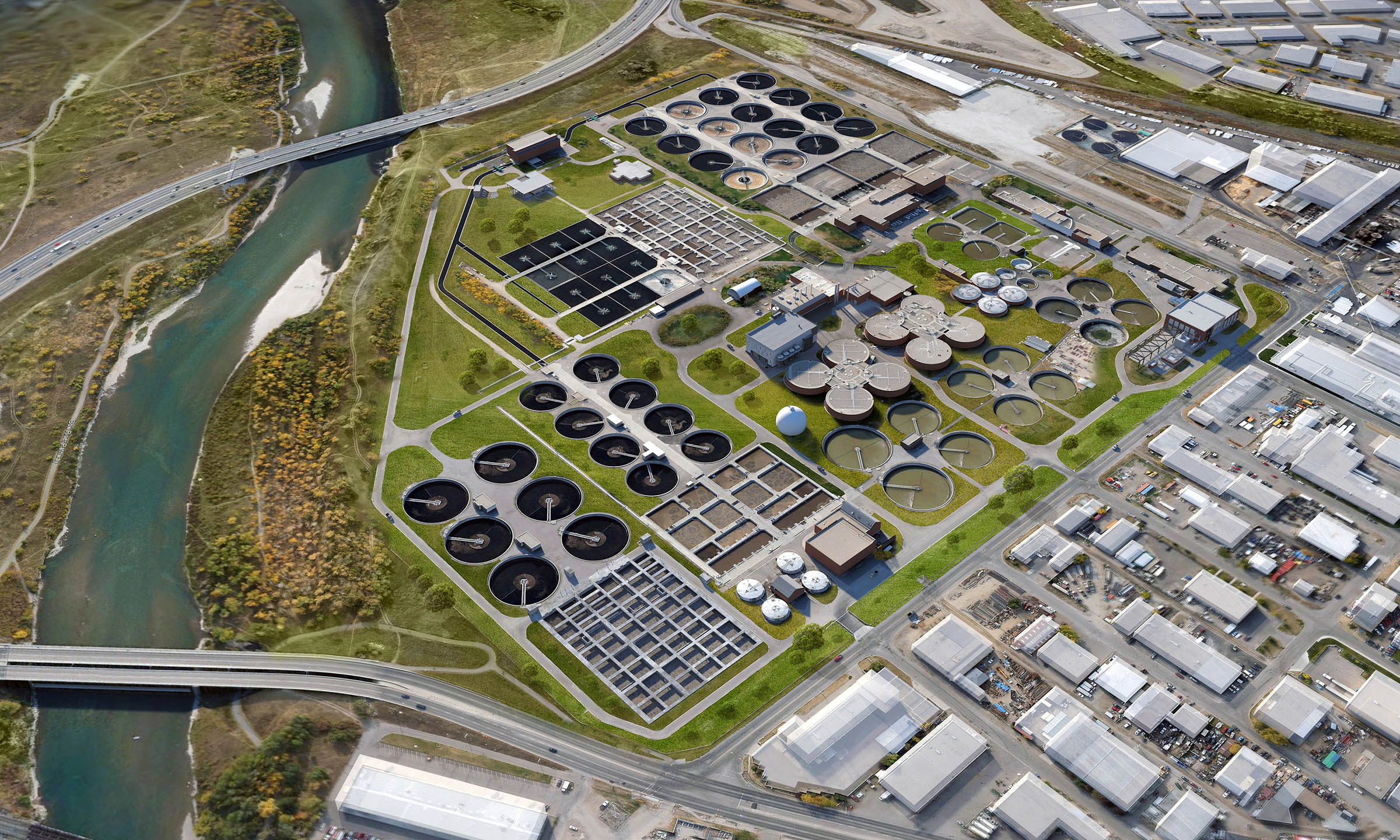Effective Waste Water Treatment Solutions: Secret Techniques and Benefits
Effective Waste Water Treatment Solutions: Secret Techniques and Benefits
Blog Article
Strategic Approaches to Boost Waste Water Therapy Performance and Reduce Environmental Impact
In the realm of waste water treatment, the quest for boosted effectiveness and lowered ecological impact is a perpetual difficulty that requires critical services. As culture grapples with the crucial to take care of water sources sustainably, a nuanced method ends up being crucial. The combination of innovative treatment modern technologies, energy-efficient procedures, source recovery methods, improved nutrient elimination strategies, and clever surveillance and control systems stands for a multifaceted structure for resolving these pressing issues. What exists at the core of this facility internet of techniques is the possible to transform the method we approach waste water therapy, not simply as a process of disposal, but as an important chance for development and ecological stewardship.
Advanced Therapy Technologies
Innovative membrane layer filtration systems have actually changed advanced wastewater therapy processes, significantly boosting the elimination of pollutants. These cutting-edge systems work forcibly water with a semi-permeable membrane, successfully separating impurities from the water stream. The membrane layer's tiny pores trap pollutants such as microorganisms, infections, and suspended solids, enabling just detoxified water to pass through. This innovation has actually confirmed to be extremely efficient in eliminating a large range of pollutants, consisting of drugs, hefty metals, and natural substances, which are commonly testing to eliminate with traditional treatment approaches.
Moreover, membrane filtering systems provide various advantages over conventional treatment approaches. Additionally, these systems are highly functional and can be quickly integrated right into existing treatment plants or utilized as standalone units for decentralized applications.
Energy-Efficient Procedures
The assimilation of energy-efficient procedures in wastewater treatment systems is crucial for enhancing source utilization and minimizing operational expenses. One essential strategy to enhancing power effectiveness in wastewater therapy is the utilization of sophisticated oygenation systems, such as great bubble diffusers or surface area aerators, which can boost oxygen transfer efficiency and decrease energy consumption.
Additionally, enhancing procedure control and automation with using innovative sensing units and keeping track of systems can improve general energy effectiveness by changing operations in real-time based on actual need and problems. Applying power audits and routinely keeping track of energy performance indications are essential techniques to recognize locations for enhancement and track energy-saving efforts successfully. In general, the adoption of energy-efficient processes in wastewater therapy not just benefits the environment but also adds to long-term price financial savings and operational sustainability.
Resource Recovery Strategies
With a concentrate on optimizing source application and sustainability in wastewater therapy systems, the implementation of resource recuperation strategies arises as a pivotal facet in boosting functional effectiveness. Resource recuperation methods in wastewater treatment entail the recognition and extraction of beneficial resources from the waste stream, thereby transforming what was once taken into consideration waste right into an important asset. By applying resource recuperation methods such as nutrient removal and recuperation, energy generation from raw material, and the production of multiple-use water, wastewater therapy plants can lessen ecological influence while taking full advantage of effectiveness.

Improved Nutrient Removal Techniques
Carrying out advanced nutrient elimination techniques is crucial for enhancing the efficiency of wastewater therapy systems. One of the key methods made use of for boosted nutrient elimination is the process of biological nutrient elimination (BNR), which includes the removal of nitrogen and phosphorus via organic procedures.

Along with BNR, advanced therapy approaches such as membrane layer bioreactors (MBRs) and constructed wetlands can likewise be used to improve nutrient removal efficiency. MBRs utilize membranes to attain premium effluent criteria by efficiently eliminating nutrients and put on hold solids. Constructed wetlands imitate all-natural marsh procedures to get Continue rid of nutrients through plant uptake, microbial activity, and sedimentation. By integrating these sophisticated nutrient elimination strategies right into wastewater therapy communities, sectors and systems can properly lower nutrient pollution and protect the environment.
Smart Monitoring and Control Systems
Using sophisticated technology, the assimilation of clever surveillance and control systems revolutionizes the functional effectiveness of wastewater treatment centers. These systems incorporate innovative sensing units and data analytics to continually keep track of key criteria such as pH levels, turbidity, liquified oxygen, and circulation rates in real-time. By accumulating and examining this data, drivers can acquire beneficial understandings into the performance of the therapy procedures, making it possible for positive adjustments to enhance treatment effectiveness.
Smart monitoring and control systems likewise support remote tracking capacities, enabling drivers to access real-time information and control functions from off-site places. This remote accessibility improves functional flexibility and responsiveness, making it possible for swift interventions in instance of system malfunctions or variations in influent quality. Additionally, the predictive upkeep capabilities of these systems help stop equipment my response failures and lessen downtime, inevitably improving the general integrity of wastewater treatment operations (Waste Water Treatment).
Verdict
To conclude, tactical techniques such as advanced treatment innovations, energy-efficient procedures, source recovery techniques, improved nutrient removal methods, and wise surveillance and control systems play a vital role in enhancing wastewater treatment efficiency and reducing environmental impact. By executing these methods, wastewater therapy plants can boost their overall performance, reduce energy consumption, recoup valuable sources, and make certain conformity with ecological guidelines. These techniques are necessary for effective and sustainable wastewater management practices.

In conclusion, calculated their explanation methods such as innovative treatment modern technologies, energy-efficient procedures, resource recuperation techniques, boosted nutrient elimination methods, and smart surveillance and control systems play a critical duty in improving wastewater therapy effectiveness and decreasing ecological impact.
Report this page